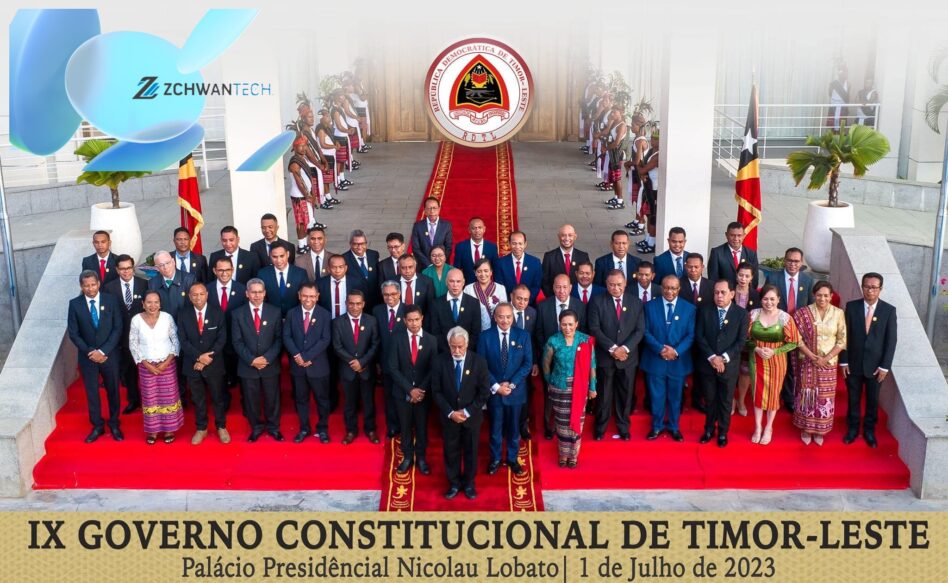THE current semi conductor uptrend is primarily driven by transformative factors, including AI adoption, high-performance computing (HPC), 5G, and next-generation AI smartphone upgrades.
This surge in demand is particularly evident in advanced logic chips, GPUs, and AI accelerators.
The ongoing tariff threats and AI Diffusion export restrictions are anticipated to continue weighing on the sector’s outlook over the near term.
Although the latest report suggesting that the Trump administration may scale back the upcoming reciprocal tariffs scheduled for 2 April 2025 could offer some temporary relief for the sector, the actual impact will only become evident once Trump’s tariff policies and the AI Diffusion export restrictions are finalised.
“We believe investors could revisit the trading valuations during that period as a guide amid the current tariff policy uncertainties,” said Kenanga Research (Kenanga) in the recent Sector Update Report.
Although Kenanga’s sector recommendation definition, based on market capitalisation-weighted average expected total return, still supports an overweight stance, persistent sector uncertainties and potential negative news flow may weigh on sentiment, keeping investor risk appetite subdued in the near term.
Given this heightened volatility, we believe a neutral stance better reflects the current market environment. Re-rating port restriction policies becomes clearer.
“Amid the recent heightened volatility in most tech stocks, we also conducted a study to assess the typical discount or premium at which stocks under our coverage trade relative to consensus target prices (TP),” said Kenanga.
According to preliminary data from IDC, global smartphone shipments rose 2.4% year-on-year (YoY) to 331.7 mil units in quarter four 2024 (4Q24), marking the sixth consecutive quarter of growth and closing 2024 with a 6.4% increase to 1.24 bil units, signalling a strong recovery after two years of decline.
Despite maintaining the top two positions, Apple (232.1 mil units, 18.7% market share) and Samsung (223.4 mil units, 18.0% market share) experienced YoY declines due to aggressive growth by Chinese vendors targeting low-end devices and expanding rapidly in China.
Xiaomi, and Vivo showed the highest growth, with Xiaomi achieving the largest YoY growth among the top five players.
Chinese smartphone vendors collectively shipped a record-high 56% of global smartphone shipments in 4Q24, driven by their dominance in low-end and mid-range segments, while Huawei continued to distinguish itself with high-end and premium offerings, particularly in China.
While IDC remains optimistic about growth in calendar year 2025, it cautions that potential new or increased tariffs from the new US administration could heighten industry uncertainty, prompting some players to implement risk-mitigation measures. —Mar 28, 2025
Main image: Critical Manufacturing








